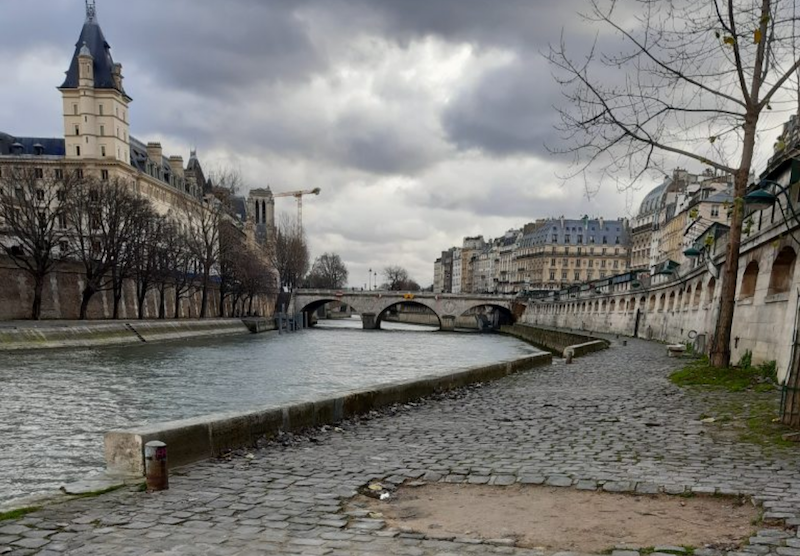Early evidence suggested that the fire increased lead exposure in Paris. Air quality measurements taken 50 kilometers away from the cathedral found that lead particulates in the air were 20 times higher than usual in the week after the fire. However, a small set of measurements by France’s Regional Health Agency, posted weeks after the fire, found that all the samples collected outside of the out-of-bounds area around the cathedral had lead levels below France’s limit of 300 milligrams per kilogram of soil. At the time, there were fears that the health agency was underplaying the potential health impacts and not being transparent enough.
“There was a controversy — were children being exposed or not from this fallout?” said Lex van Geen, a geochemist at Columbia University’s Lamont-Doherty Earth Observatory and lead author on the new study. “So I thought, whether I get a ‘yes’ or a ‘no,’ it’s worth documenting.”
In December 2019 and February 2020, van Geen collected 100 soil samples from tree pits, parks and other locations around the cathedral, and in particular to the northwest, where most of the smoke traveled on the day of the fire. When lead enters soil, it tends to stay put, so it can preserve the signal of the fallout for much longer than hard surfaces such as roads and sidewalks, which get swept and flushed by rain.
“It wasn’t a particularly glamorous expedition,” said van Geen. “I got plenty of strange looks from people wondering why this old guy was scooping up soil, trying to avoid the dog poop, and putting some of the soil in paper bags. But it got done.”

